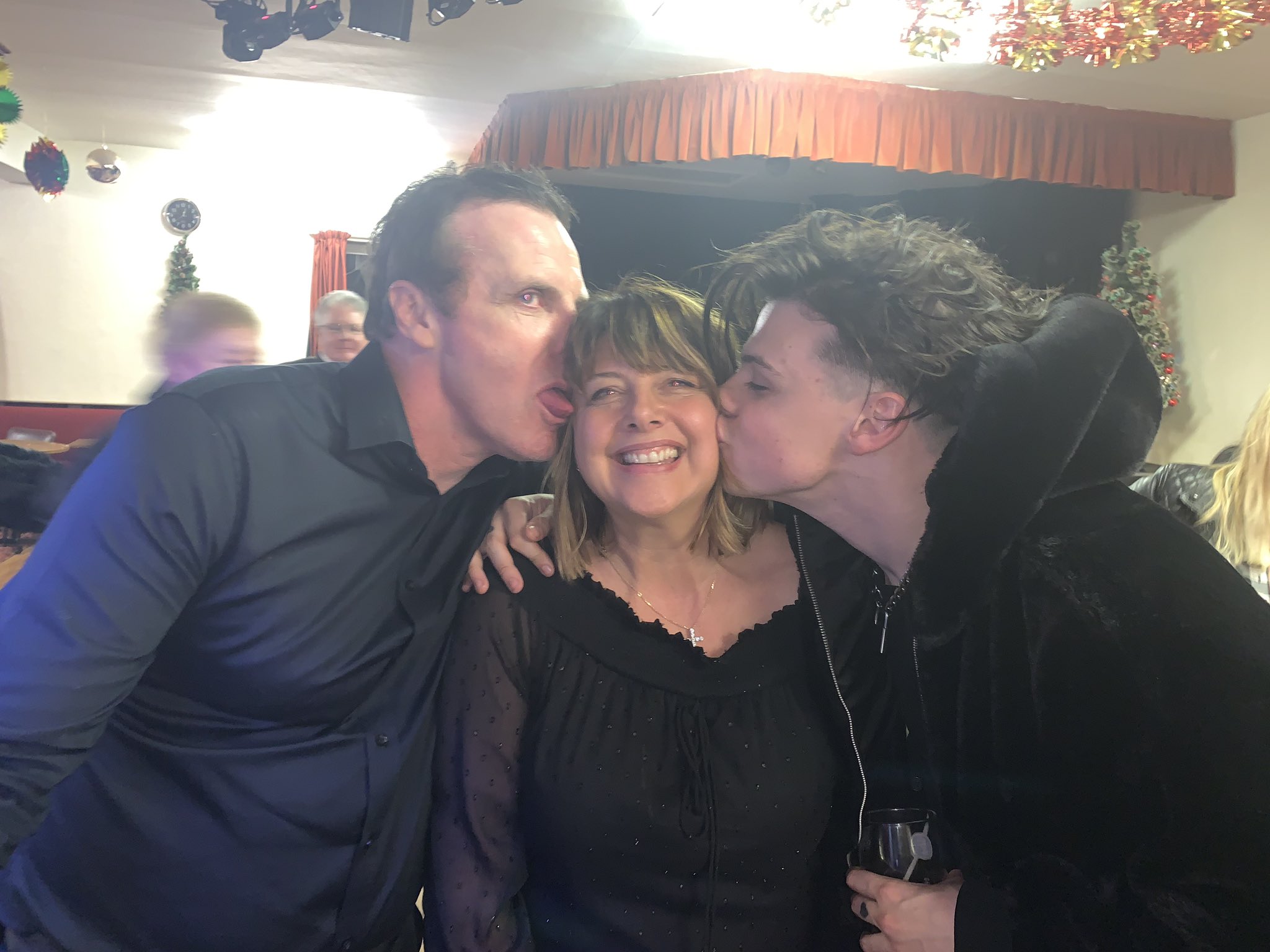America’s Got Talent Season 19 winner Richard Goodall made a triumphant return to the spotlight during the show’s live finale on Wednesday night. The beloved “Singing Janitor” delivered a heartfelt performance of his brand-new original track, “Long Time Coming,” joined by Journey founder Neal Schon and his band, Sugar Street. The song, released just last month, perfectly captures Goodall’s remarkable rise from small-town custodian to national sensation.
Despite his growing fame, Goodall remains deeply rooted in his hometown of Terre Haute, Indiana, where he continues to work at West Vigo Middle School. “I’m still the same guy,” he said proudly during the finale. “I just love this community and never want to leave it.”
That community has embraced him in return — something Goodall says still moves him to tears. “The amount of support and love, it feels so good,” he shared. “I’ll be getting out of my truck at Walmart and people will honk and yell my name. Just thinking about it makes me emotional.”
But perhaps the most touching chapter in Goodall’s journey came recently when he met his biological father, Hubert, for the first time. “He had no idea who I was — he didn’t even know I existed,” Goodall revealed. Hubert, overwhelmed with pride, added, “I can’t believe my son is the singing custodian. I’m so proud of him.”
Richard Goodall’s story continues to inspire millions — a powerful reminder that dreams can come true at any stage of life. His new single, “Long Time Coming,” is now available on Apple Music and Spotify, carrying with it the heart, humility, and hope that define this unforgettable talent.













